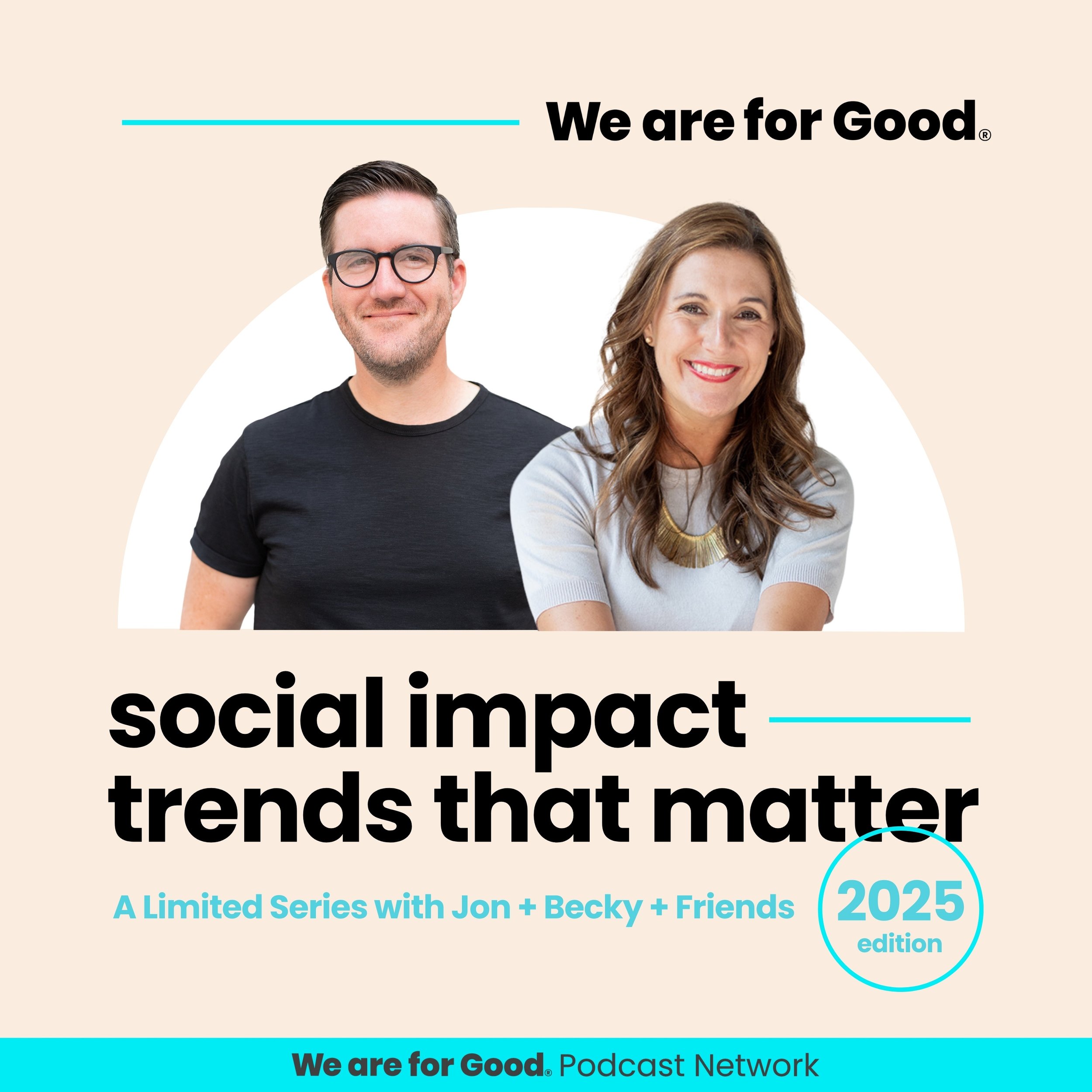Education vs. Engagement: Strike a Balance in Your Marketing
Education vs. Engagement: Strike a Balance in Your Marketing
Your nonprofit works hard to make a meaningful difference in the lives of those it serves. To extend your impact, however, you must cultivate a reliable community of supporters who understand the importance of your cause and what you need to further it.
Nonprofit marketing is key to finding new donors, retaining existing ones, and ultimately setting your fundraising efforts up for success. An effective marketing approach must balance education and engagement to both inspire supporters and compel them to act. While you’ll likely use multiple platforms and channels to spread the word about your mission, it’s essential to combine everything into a cohesive strategy to maximize results.
In this guide, we’ll walk through the importance of education and engagement as well as three tips for integrating them into your marketing strategy.
The Importance of Education in Marketing
According to Classy’s Why America Gives Report, 60% of donors contribute to new causes in response to a timely appeal from an organization. Therefore, it’s clear that your nonprofit has the potential to secure a much larger audience of supporters—all you need to do is reach them at the right time with attention-grabbing, informative messages.
By taking the time to educate your audience, your nonprofit can establish a sense of trust and credibility around its work. Convince people to give to your cause by highlighting why it matters and specifying how you’re using funds to improve your community. Communicate the impact that donors would be keen to contribute to.
Some basic ways you can incorporate education into your marketing include:
Developing engaging, shareable materials that lay out the history of your cause, why it is a problem, and what your nonprofit is doing to help.
Creating blog posts about your work, including your triumphs and the challenges you’re facing.
Producing YouTube videos that introduce viewers to your nonprofit’s story, mission, and beneficiaries.
Posting infographics with statistics related to your cause and impact.
Adding detailed pages on your website that describe your nonprofit’s programs and how they improve the lives of your beneficiaries.
The more context you provide around your nonprofit’s mission, the easier it will be for donors to understand where they fit into the puzzle. This paves the way for strong, lasting relationships that lead to even more support down the road.
The Importance of Engagement in Marketing
Donor engagement involves more than just soliciting them for gifts. eCardWidget’s donor retention guide highlights the importance of making donors feel valued for more than just their money by providing them with a variety of ways to engage with your nonprofit.
Depending on your nonprofit’s goals and resources, consider engaging audience members through:
Events. Beyond your annual fundraiser, consider organizing tours of your facility, arranging for supporters to meet some of your beneficiaries, or hosting an appreciation event for your donors and volunteers. These opportunities can have the added benefit of reaching new supporters and bringing in additional revenue for your nonprofit through registration fees as well.
Surveys. Send out regular surveys to supporters to show them that you care about their input and experience with your nonprofit. Their feedback can highlight ways to improve your marketing and engagement efforts moving forward.
Social Media. Social media has made it easier than ever to connect with individual supporters around the world, offering two-way communication between your nonprofit and supporters. Nurture meaningful relationships by directly responding to messages and comments. Consider creating social media challenges and hosting live Q&A sessions to encourage users to get more deeply involved in your nonprofit’s work.
A successful marketing strategy accomplishes more than just bringing attention to your cause. By building in more engagement opportunities, your nonprofit can convert one-time donors into loyal advocates, monthly donors, and committed volunteers.
3 Tips for Balancing Education and Engagement
To achieve the right balance between education and engagement in your marketing, you’ll have to find ways to make the information you provide personally relevant to your supporters. Follow these tips to enhance your traditional and digital marketing strategies.
1. Understand Your Audience
Your nonprofit’s supporters will have differing interests, preferences, and levels of knowledge about your cause. When planning your marketing content, ask yourself the following questions:
How much do potential and current supporters already know about our cause?
What could supporters learn from our existing resources?
What key details do donors and volunteers need to make a decision about supporting our nonprofit?
Which communication channels do our supporters prefer?
What engagement opportunities can we add to appeal to more supporters?
For example, let’s say the majority of your donors belong to younger generations and prefer hearing from your nonprofit via text. With this in mind, you might focus more on promoting your text-to-give campaign, emphasizing how easy it is to contribute to your mission.
2. Leverage Storytelling
Storytelling is a powerful tool for tying education and engagement together—building upon facts and data to weave a more emotional connection between supporters and your nonprofit’s cause. You can incorporate stories into your website, social media pages, direct mail fundraising efforts, and more.
There are numerous stories you can tell, such as:
The origins of your nonprofit.
How beneficiaries overcame challenges thanks to donors’ support.
Volunteer experiences.
Why individual donors choose to give.
Across all of your content, be sure to maintain consistent branding so that people can immediately associate it with your nonprofit. You can engage supporters even further by encouraging them to create user-generated content and post it on social media, turning them into ambassadors for your nonprofit. This is an excellent way to reach new potential donors through the power of social proof.
3. Analyze Data
Just as no two nonprofits are identical, there is no definitive ratio governing how you should balance education and engagement in your marketing efforts. Therefore, it’s important to be on the constant lookout for opportunities to refine your strategy to get the best results for your organization.
According to GivingDNA's guide to data analytics, analyzing data allows nonprofits to identify patterns among their donors, track changes, and spot opportunities for growth. Keep an eye on metrics related to your website traffic, social media engagement, and email marketing. Use these insights to adjust your focus on education and engagement over time.
For instance, you might determine that the vast majority of your donors flock to your website’s blog to learn the latest happenings about your nonprofit. As a result, you might focus more on blog content creation and direct your social media followers and email subscribers to check it out.
Regardless of whether people read the educational content on your website or attend one of your fundraising events, be sure to promptly and consistently thank them for their support. By establishing robust recognition practices, you’ll be able to cultivate a base of committed supporters who are informed about your mission and eager to play a long-term role in it.

Kim Richardson, Associate VP, Client Strategy, Pursuant
Kim Richardson, Associate VP, Client Strategy, Pursuant
Kim joined Pursuant, a fundraising and marketing agency, exclusively serving the nonprofit sector in 2012. In her role, Kim leads cross-channel fundraising strategy and program execution across multiple clients in the Faith, General Non-Profit, and Higher Education verticals. Kim has consistently met and exceeded client expectations—leading several of her clients in double-digit, year-over-year increases. Before joining Pursuant, Kim provided marketing and fundraising consulting services to nonprofits and small businesses and worked for more than 15 years in corporate marketing and sales with four of America’s beloved consumer brands.

Kim Richardson, Associate VP, Client Strategy, Pursuant







